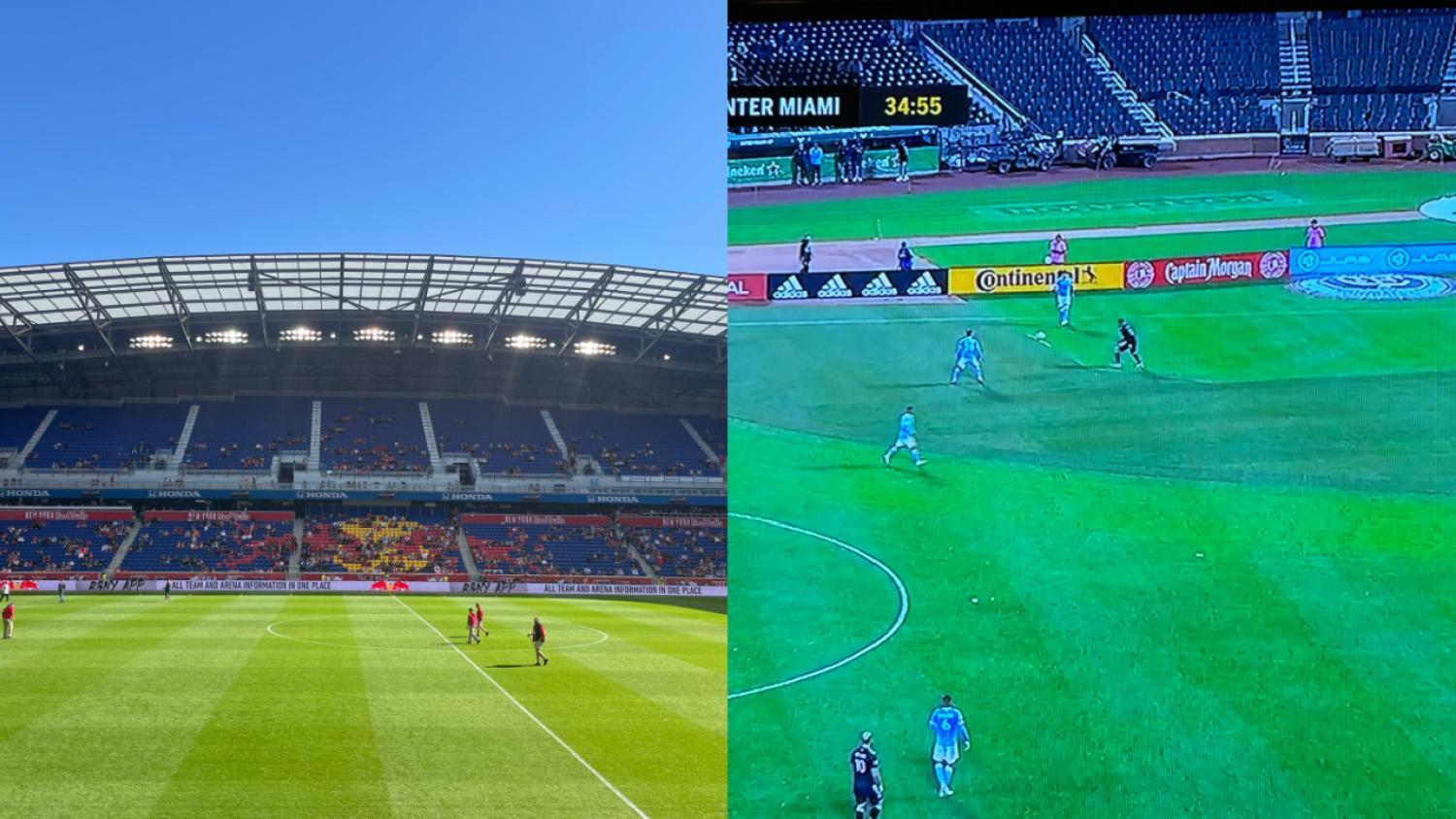It's October in North American soccer, meaning it's time for fans in this portion of the world to widely celebrate the one event that largely separates us from the rest of the planet: the playoffs.
It's been glorious.
In Liga MX, Toluca beat Santos Laguna 6-4 on aggregate in front of fervent crowds in both legs. In NWSL, a record crowd of 21,284 watched Kansas City upset Houston, but that historic number was smashed just hours later when over 26,000 watched San Diego beat Chicago. In MLS, a sellout crowd of 20,738 saw Austin FC come from two goals down to beat Real Salt Lake.
We love MLS, NWSL and Liga MX because of the parity. We accept the regular season slogs, the days when it feels like our entire squad has decided not to mentally/physically show up for a game in July, because we know it all boils down to the unmatched beauty of do-or-die action in front of diehard fans providing unforgettable atmospheres come October.
Everywhere except New York, where the playoffs might as well be outlawed.
On Saturday, the New York Red Bulls had an announced crowd of 17,113 at Red Bull Arena to watch the team get bounced by Cincinnati. The actual crowd was certainly a lot smaller than that inside the 25,000-seat stadium.
Red Bull Arena shortly before kickoff. #AllForCincy #fccincy pic.twitter.com/JPNecYJPuB
— Laurel Pfahler (@LaurelPfahler) October 15, 2022
NYCFC then played Monday night against Inter Miami. The buildup was a joke, with the game moving from Yankee Stadium (because the Yankees are in the playoffs) to Red Bull Arena to Citi Field (because the Mets got bounced from the playoffs).
The turnout, for a neutral switching on FS1, made the playoff match unwatchable.

We've heard all the excuses: It's hard when there's work/school in the morning! The traffic is bad! It's cold in October! Harrison, NJ, is actually closer to upstate Maine!
The true reasoning is the same explanation for the size of NYCFC's 2021 MLS Cup banner: the vast majority of New York couldn't give two shits about America's top division.
The knock against MLS television ratings is that matches don't drive enough interest from neutral markets. The Los Angeles and New York clubs are supposed to be the answer to that (big crowds, big name players, big success), but there are teams in the USL Championship that are more inviting to watch than the Red Bulls and NYCFC.
At some point, our relationship with the New York market starts to feel like a cliched relationship breakup: "How can I care about you when you don't even care about yourself?"




